Spanish Engineer Juan de la Cierva developed the world’s first Autogiro in the early 1920s. An autogyro also knew as a gyroplane or gyrocopter is a type of rotorcraft that uses an unpowered rotor in free autorotation to develop lift. Its name was derived from the self-stabilization accomplished by a four-bladed horizontal screw turned by wind produced in the sky.
Cierva participated in the aircraft design contest in 1919 with his three-engine bomber, piloted by Captain Julio Ríos Argüeso. The plane was crashed on its first flight due to engine stalling. Cierva was trying to solve the stalling problem in aircraft. He developed different models and his fourth model was succeed to conquer the air. His designs served as the basis for all future rotary-wing aircraft and were later licensed to companies in the UK, the US, and elsewhere.
Autogyros were used for rooftop-to-rooftop urban mail delivery, and they were also used during World War II. However, they fell out of favor in the late 1930s with the rise of helicopters, which could not only take off and land with precision but hover in place for extended periods. After helicopters flew successfully companies started manufacturing for military operations and the private sector. Only a handful of companies attempted to launch new and improved designs of autogyros, however, they faded with time.


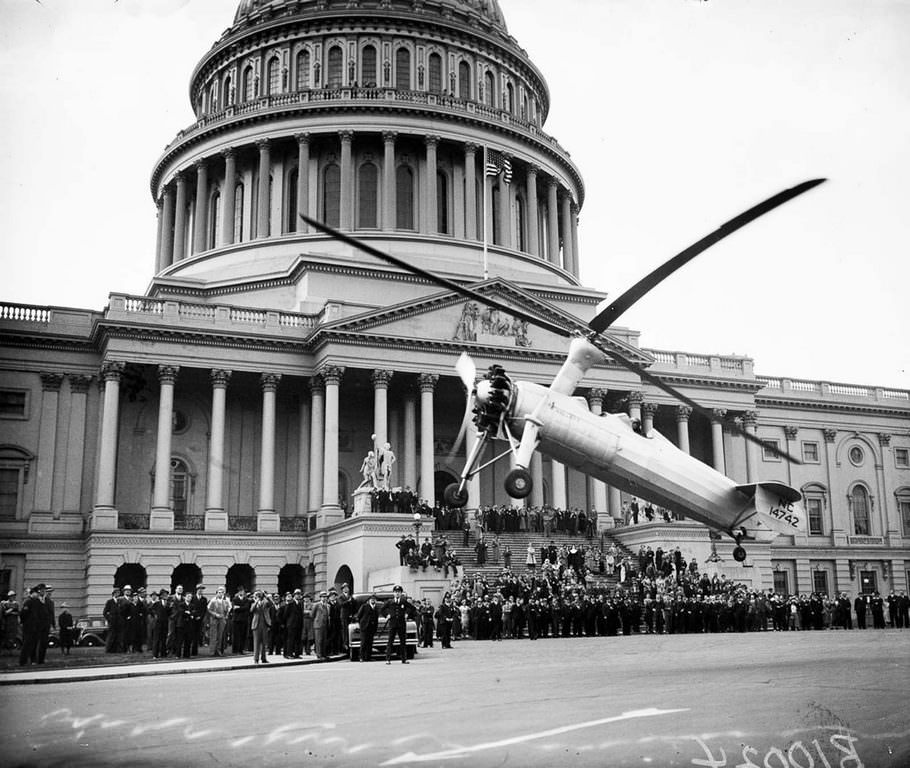
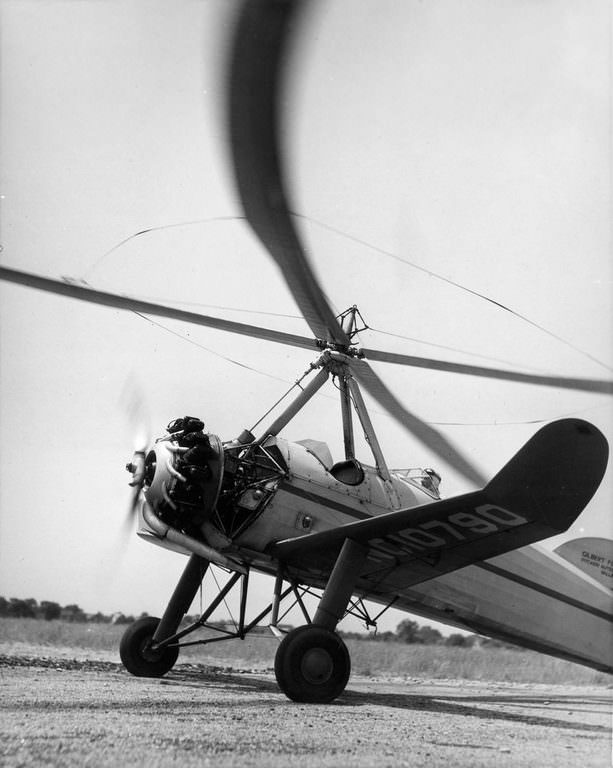
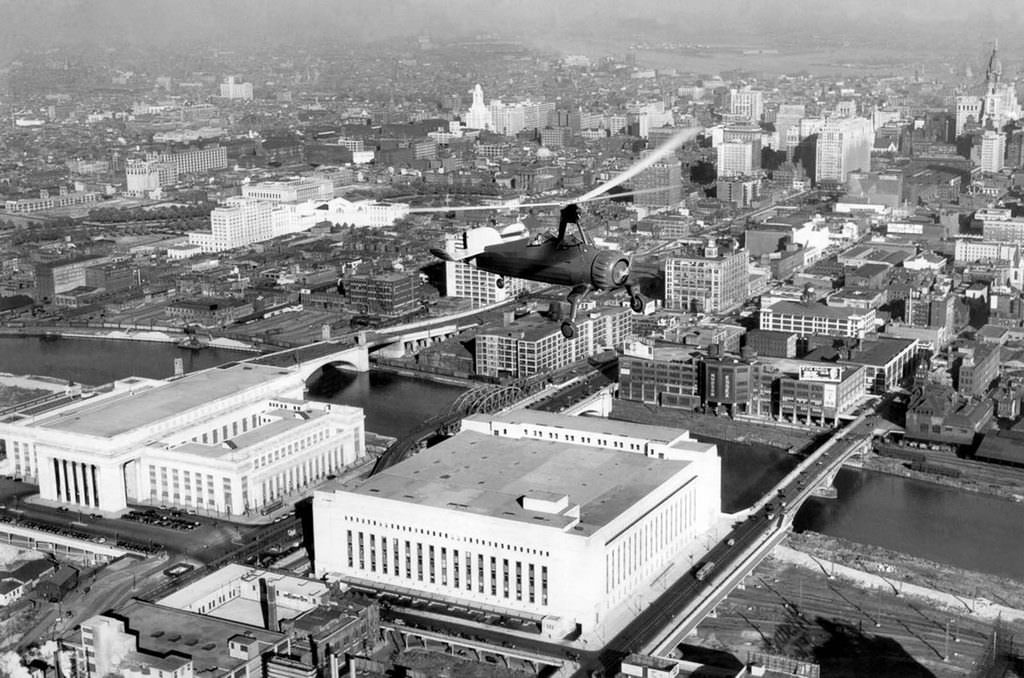
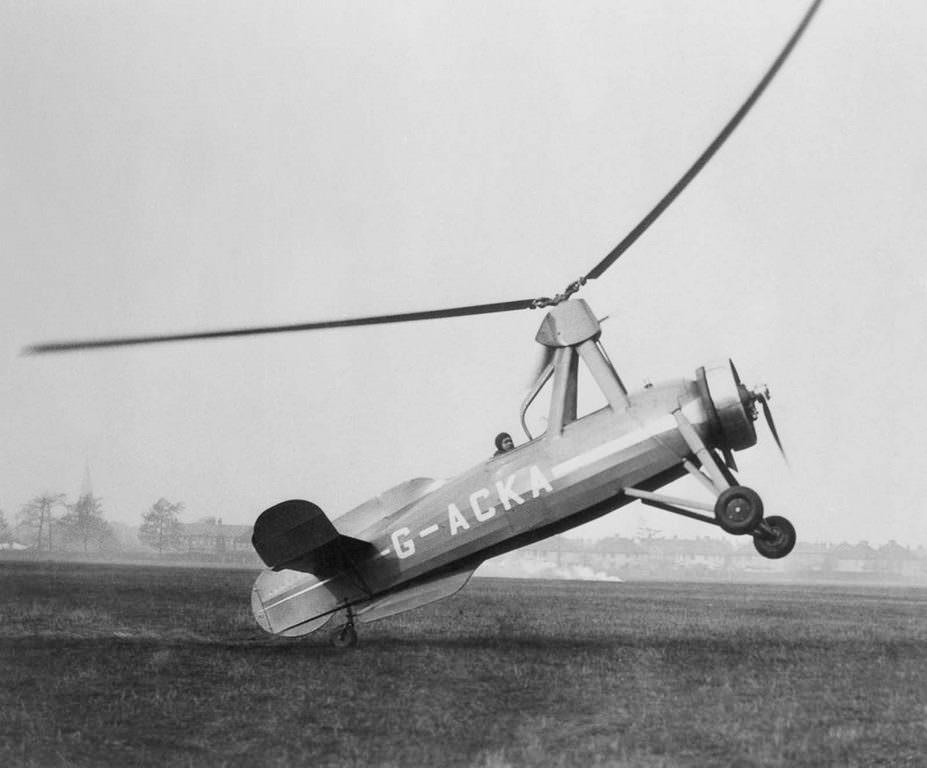
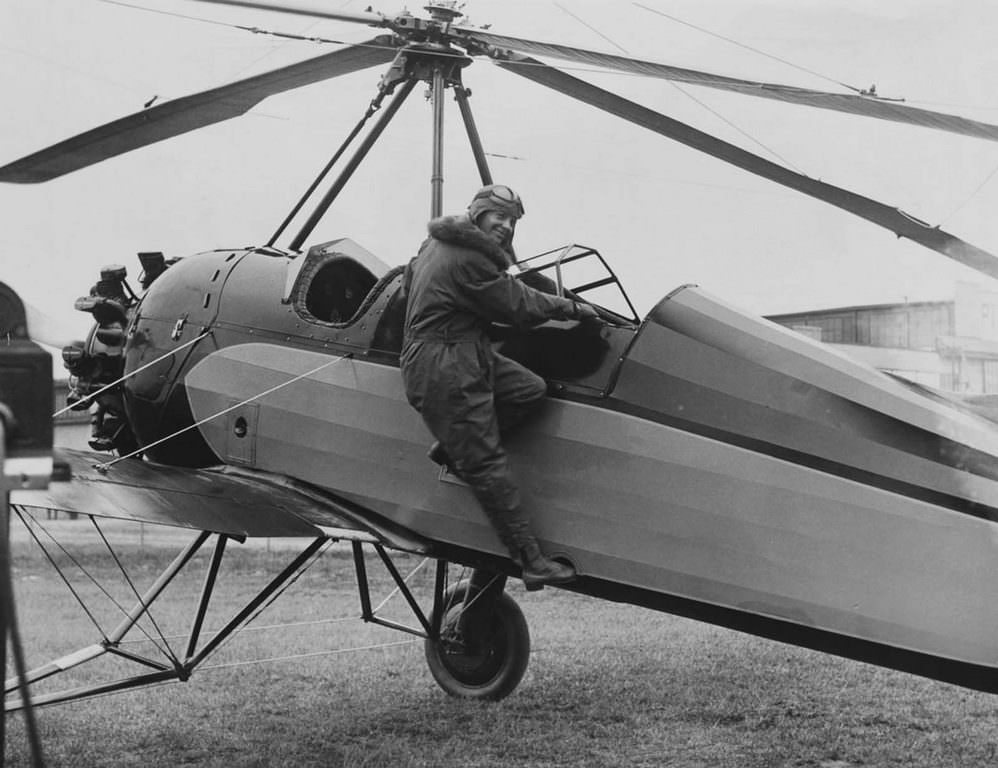
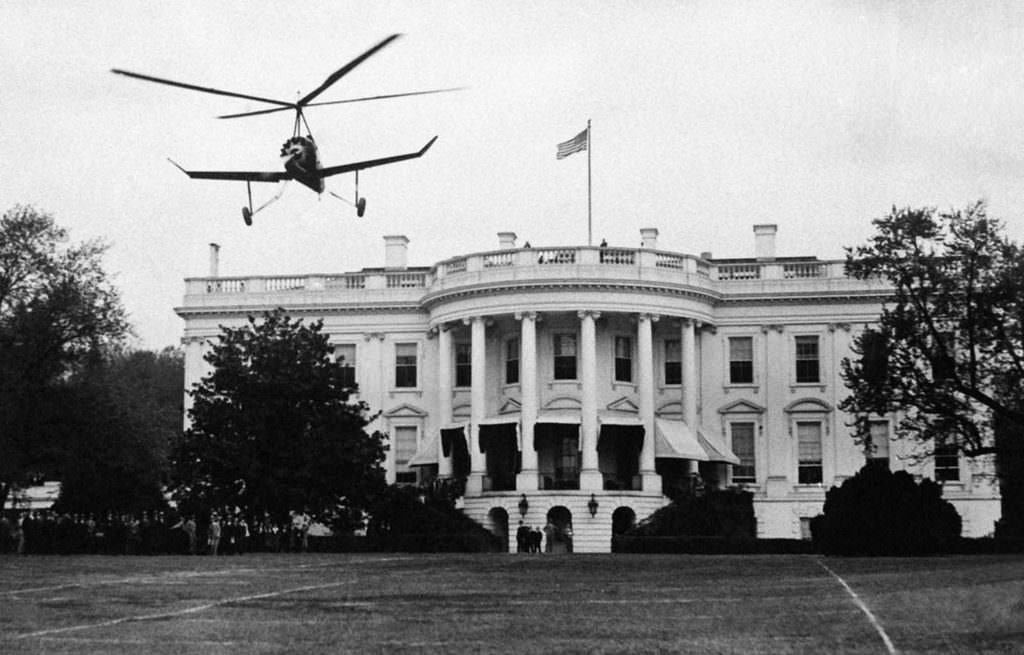
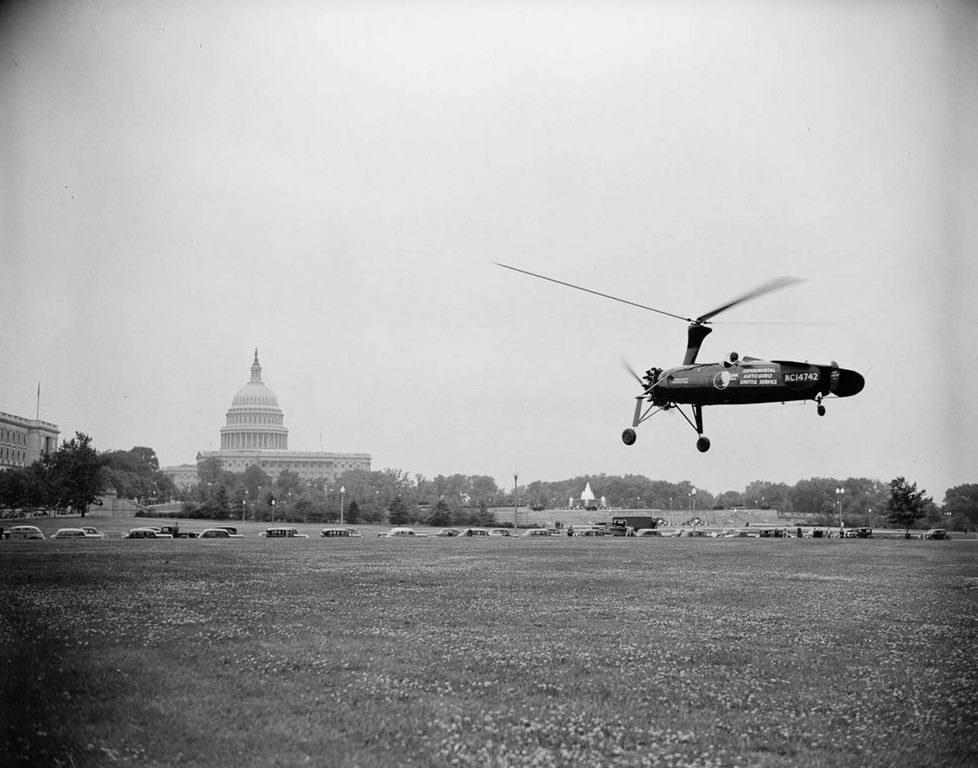
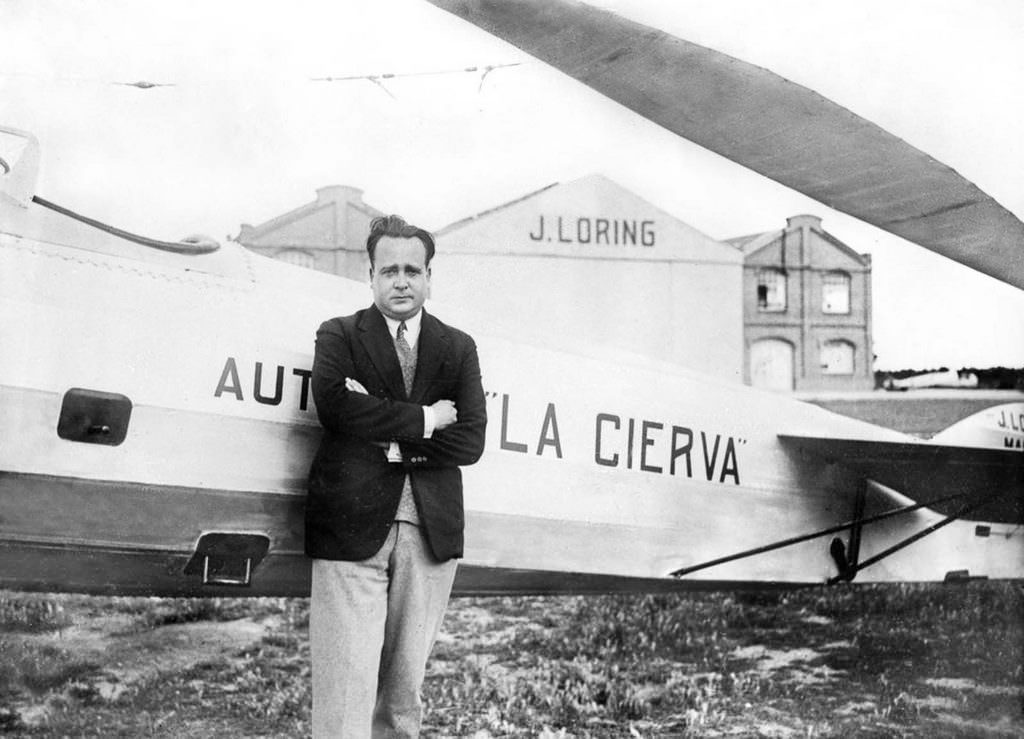
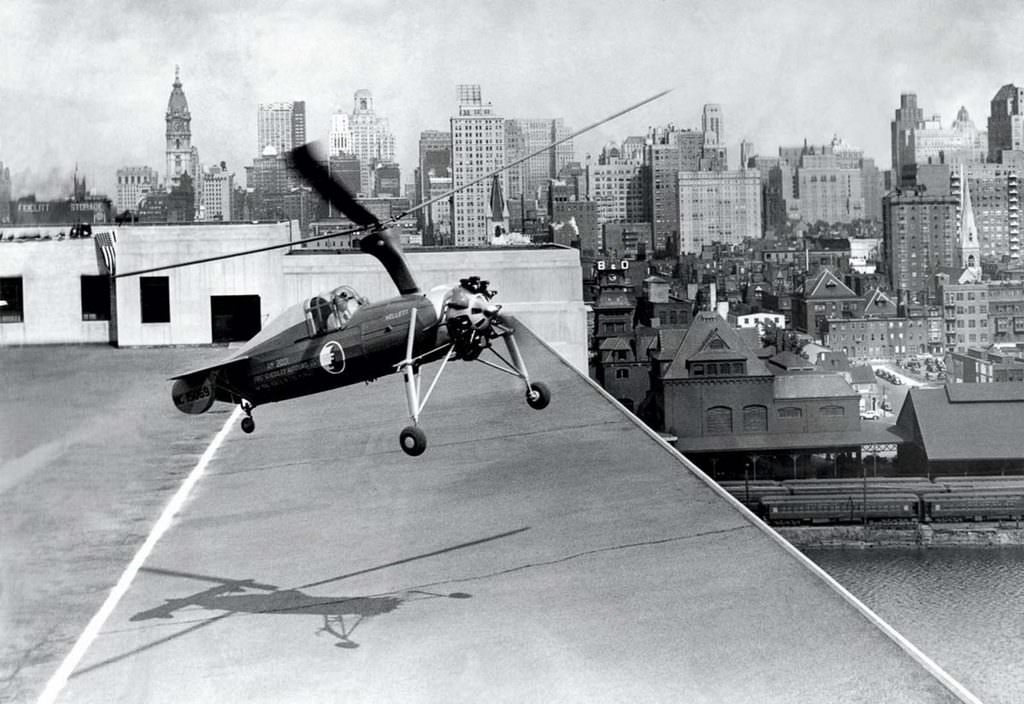
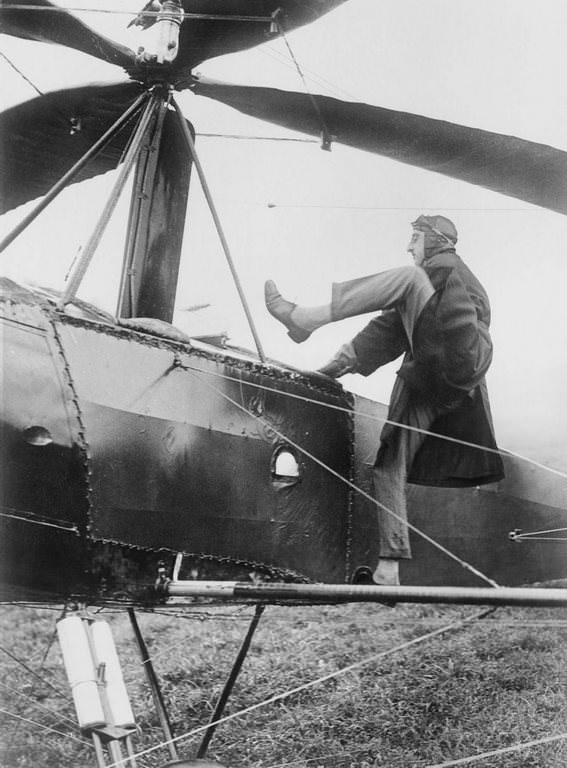
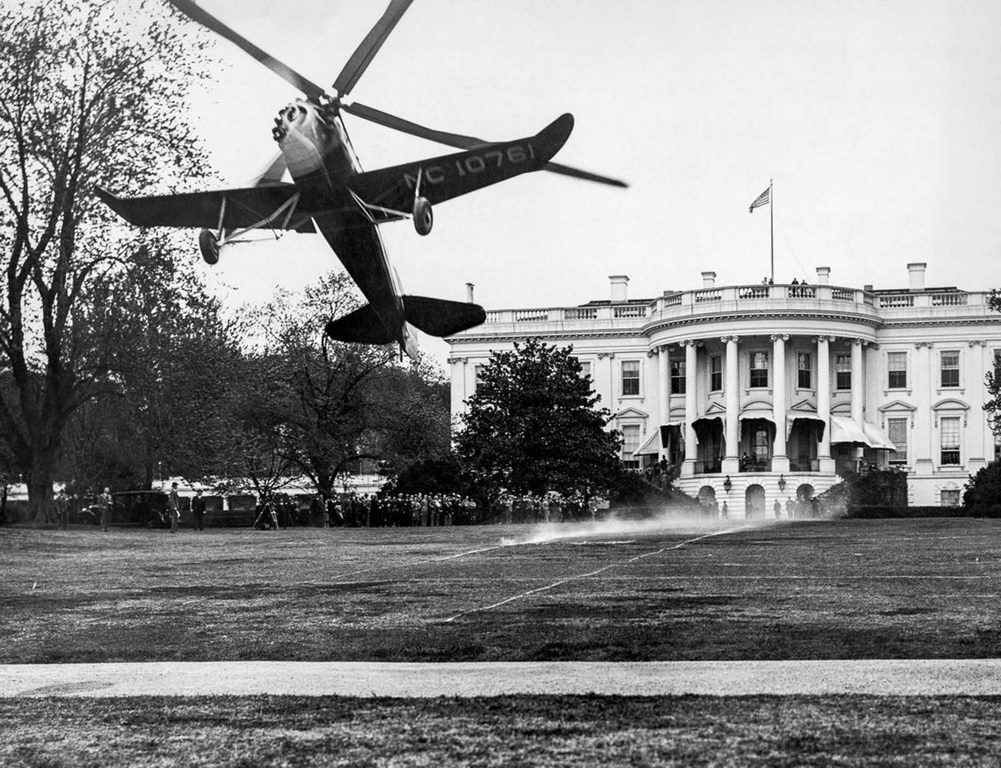
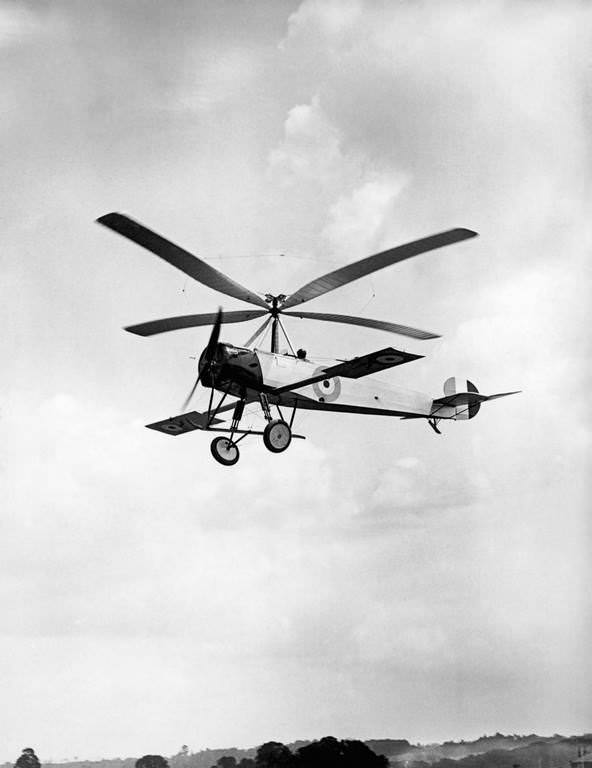
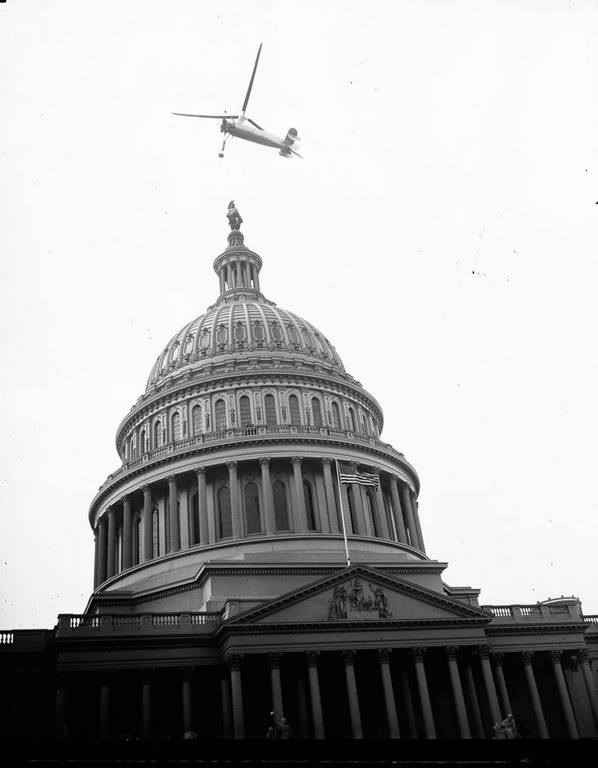

I’d like to send this letter to the Prussian consulate in Siam by aeromail. Is 4:30 autogyro too late?
Beat me to it